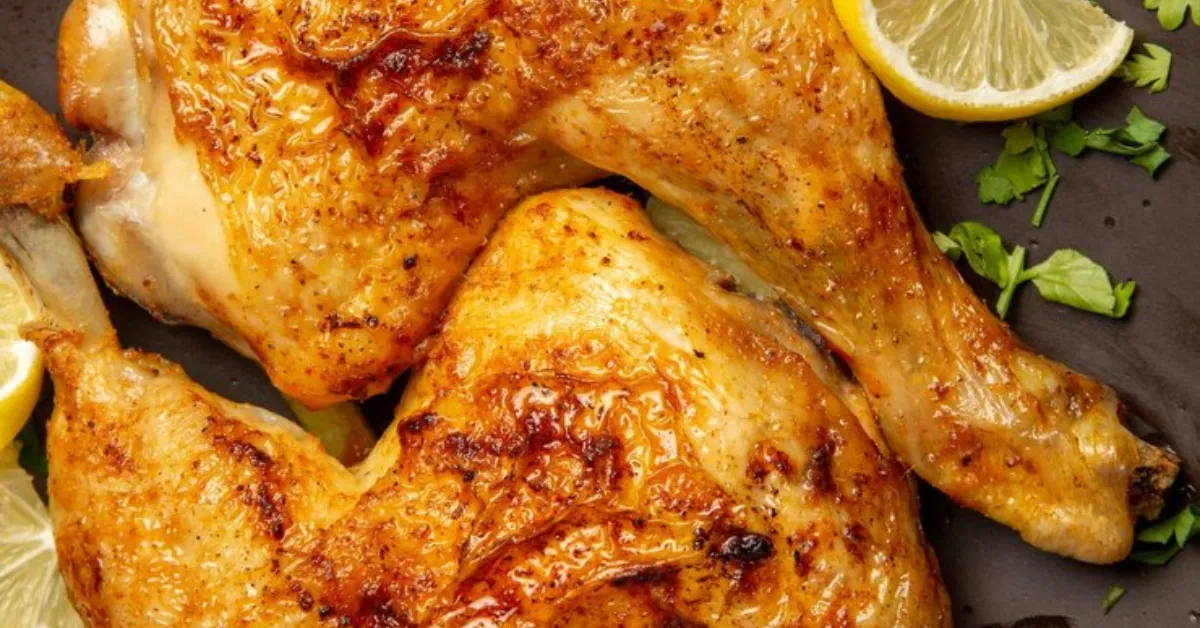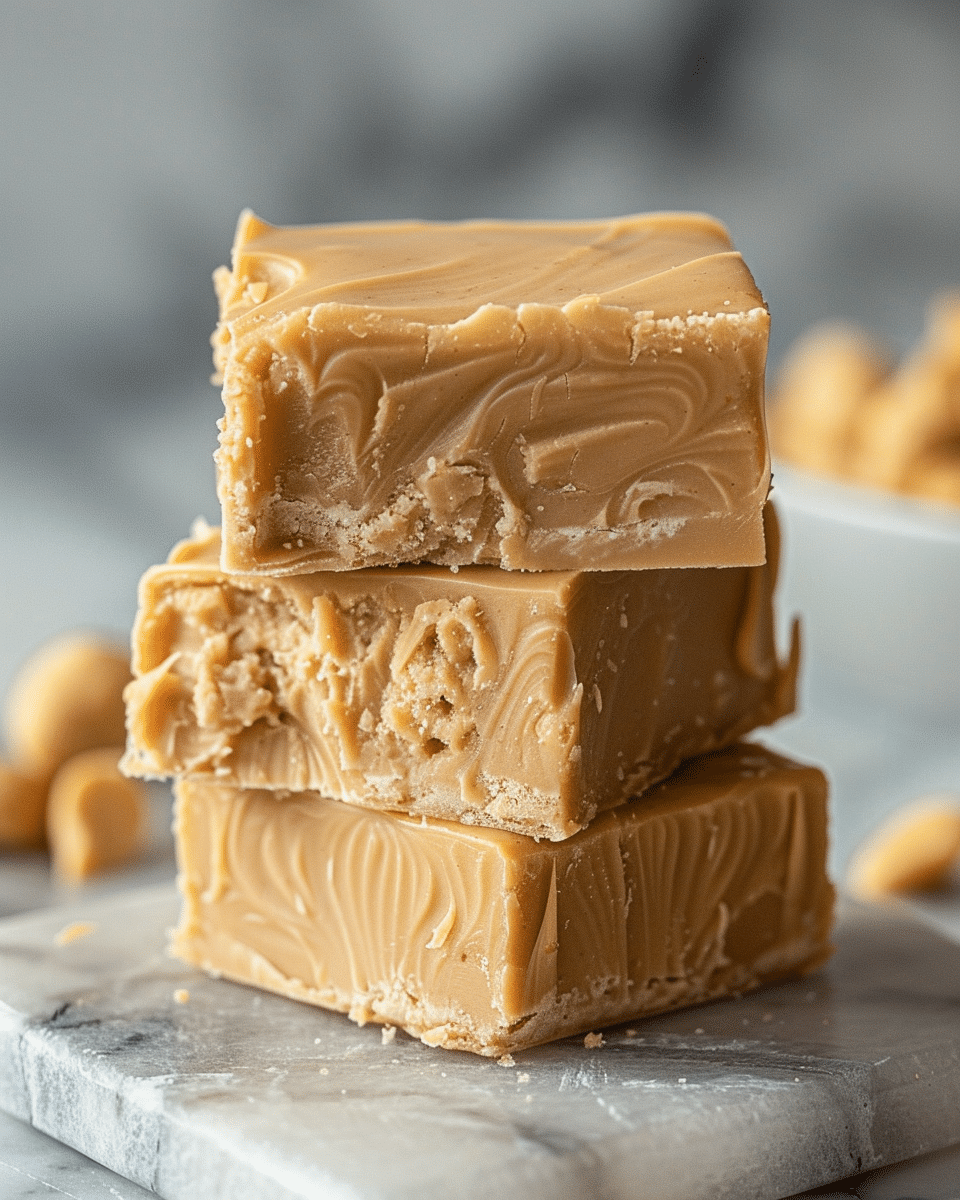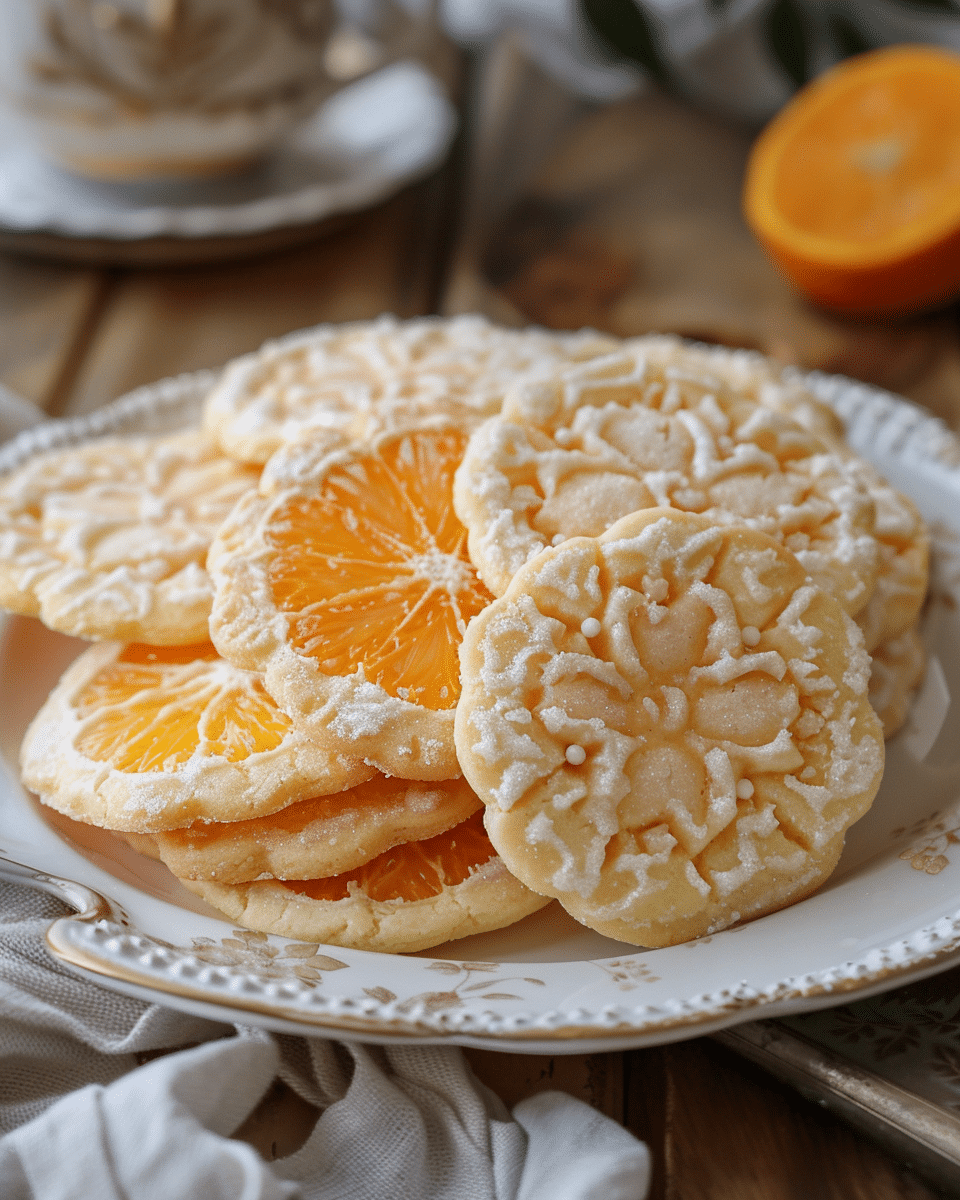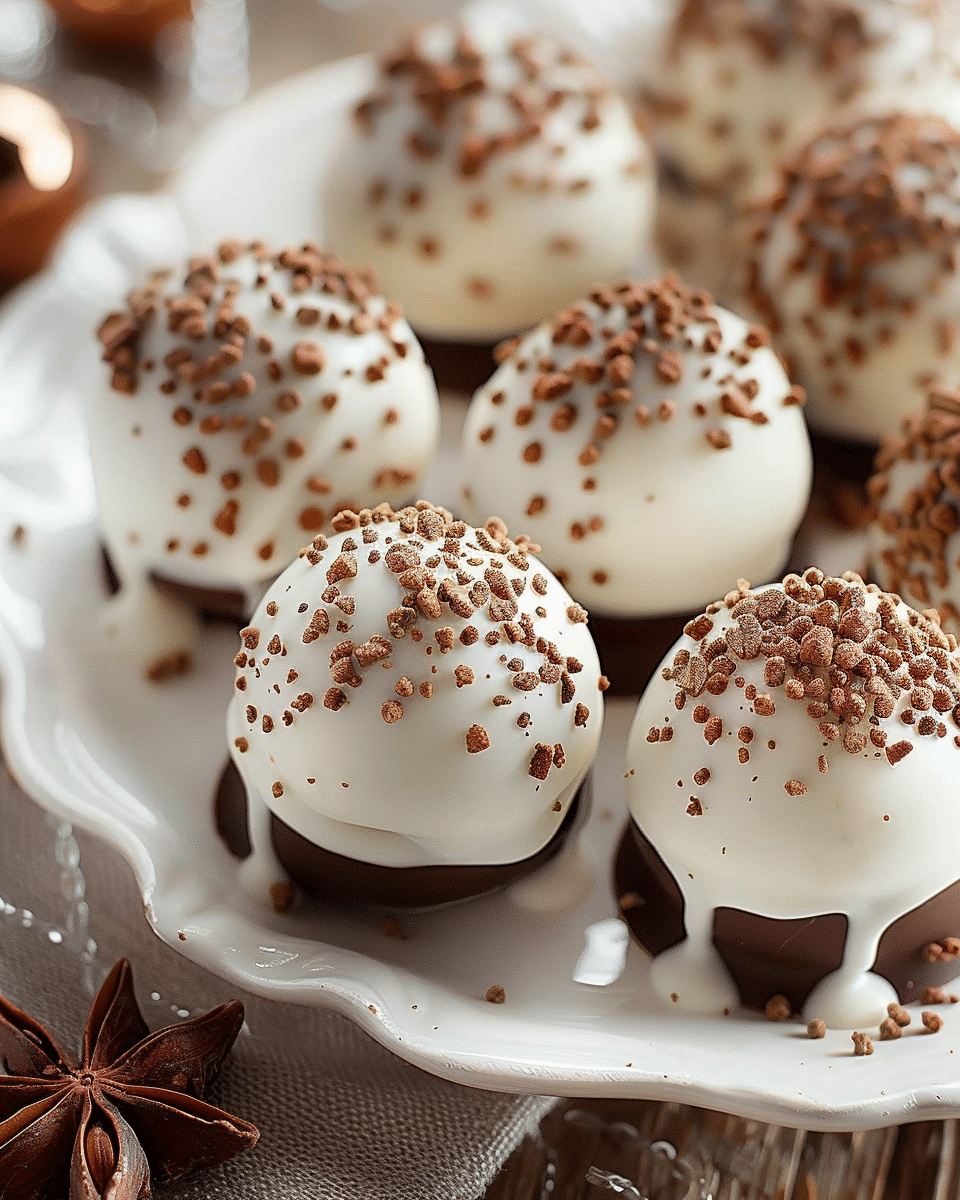Whole fried chicken is not just a dish; it’s an experience. From its humble origins to its global popularity, this delicacy has won hearts and tantalized taste buds everywhere. The origin of whole fried chicken can be traced back to various cultures, each adding its unique twist. But one thing remains constant: the love for its crispy skin and juicy meat. It’s no wonder that whole fried chicken is celebrated and cherished across continents.
Ingredients for Perfect Whole Fried Chicken
Whole fried chicken is a sumptuous dish that’s loved by many, but the secret to its perfection lies in the ingredients used. From selecting the right chicken to the blend of spices, every element plays a crucial role. Let’s delve into the essential ingredients that make this dish a global favorite.
Choosing the Right Chicken
First and foremost, the foundation of a great fried chicken is, of course, the chicken itself. Opt for a fresh, organic chicken that hasn’t been frozen. A younger bird, often labeled as a broiler or fryer, is ideal as it ensures tender meat. The weight should be around 3 to 4 pounds for optimal frying. While some might opt for Cornish hens, others might choose larger birds for a family feast.
Essential Spices and Herbs
The magic of fried chicken is in its seasoning. A blend of spices and herbs gives it that distinctive flavor that tingles the taste buds. Commonly used spices include:
- Paprika: Adds a smoky flavor and a rich color.
- Garlic powder: Provides a robust and aromatic taste.
- Onion powder: Enhances the overall flavor profile.
- Cayenne pepper: For those who prefer a spicy kick.
- Thyme and oregano: These herbs add a layer of depth to the seasoning.
Remember, the key is to balance the spices to your liking. Some prefer their chicken spicier, while others lean towards a more herbaceous taste.
The Role of Marinades
Marinating the chicken is a step that shouldn’t be skipped. It not only infuses the meat with flavor but also ensures that the chicken remains juicy during the frying process. Common marinades include buttermilk, yogurt, or a mixture of lemon juice and spices. The acidity in these marinades helps tenderize the chicken, while the spices penetrate deep, ensuring every bite is flavorful.
In conclusion, the ingredients play a pivotal role in determining the outcome of your whole fried chicken. By selecting the right chicken, using a blend of essential spices and herbs, and not overlooking the importance of marinades, you’re well on your way to creating a masterpiece.
The Art of Marinating
Marinating is more than just soaking meat in a flavorful liquid; it’s an ancient culinary technique that transforms ordinary ingredients into extraordinary dishes. When it comes to whole fried chicken, mastering the art of marinating is essential to achieve that perfect balance of taste, tenderness, and juiciness. Let’s explore the intricacies of this vital step.
Time Duration for Marinating
The duration for which you marinate your chicken can significantly impact its flavor and texture. While a short marination of 30 minutes to an hour can impart a subtle taste, allowing the chicken to marinate overnight ensures that the flavors are deeply infused, resulting in a more flavorful and succulent dish. However, it’s essential not to over-marinate, as this can make the meat too soft or even slightly mushy.
Benefits of Overnight Marinating
Depth of Flavor: An extended marination allows the spices and herbs to penetrate deeper into the chicken, ensuring that every bite is bursting with flavor.
Tenderization: The acids present in marinades, such as lemon juice, vinegar, or yogurt, help break down the meat fibers, making the chicken more tender.
Moisture Retention: A good marinade acts as a barrier, locking in the chicken’s natural juices. This ensures that the chicken remains moist and juicy even after frying.
Enhanced Browning: Some ingredients in marinades, like sugars or yogurt, can aid in achieving a beautiful golden brown crust when frying.
In essence, marinating is a game-changer in the world of cooking. It’s a step that requires patience, but the rewards are well worth the wait. By understanding the nuances of marination, from the ideal duration to the benefits of overnight soaking, you can elevate the taste and texture of your whole fried chicken, making it a dish to remember.
Preparing the Chicken

Preparing a whole chicken for frying is an essential step that sets the foundation for the entire cooking process. Proper preparation ensures that the chicken cooks evenly, retains its juices, and absorbs the flavors of the marinade or seasoning. Here’s a step-by-step guide to getting your chicken ready for that golden fry:
Selecting the Chicken:
Begin with a fresh, medium-sized chicken. It’s crucial to choose a chicken that’s not too large, as it might not cook evenly. A chicken weighing around 3 to 4 pounds is ideal for frying.
Cleaning the Chicken:
Rinse the chicken thoroughly under cold running water. Make sure to remove any leftover feathers, as they can affect the final taste and presentation. Pat the chicken dry with paper towels. This step is crucial because excess moisture can cause the oil to splatter during frying.
Removing the Innards:
If your chicken comes with its innards, make sure to remove and discard them. You can also save them for making stocks or gravies later.
Trimming Excess Fat:
While a bit of fat can add flavor, too much can make the chicken greasy. Trim any visible large chunks of fat, especially around the cavity.
Brining (Optional):
Some chefs swear by brining the chicken before frying. Brining is the process of soaking the chicken in a saltwater solution, sometimes with added sugar and spices. This process helps to tenderize the meat and enhance its flavor. If you choose to brine, ensure the chicken is fully submerged in the solution and refrigerate for at least 4 hours or overnight.
Cutting the Chicken (Optional):
While this guide focuses on whole fried chicken, you can also cut the chicken into pieces for more manageable frying. Ensure your cuts are even to promote uniform cooking. Common cuts include separating the wings, drumsticks, thighs, and breasts.
Marinating:
Once your chicken is cleaned and possibly cut, it’s time to marinate. Ensure the marinade covers the chicken entirely. The longer you marinate, the more flavorful the chicken will be. Ideally, let the chicken soak in the marinade overnight in the refrigerator.
Drying Before Frying:
Before you start frying, ensure the chicken is as dry as possible. Excess marinade or moisture can reduce the temperature of the oil, leading to a chicken that’s not as crispy as it should be.
By following these steps, you’re setting yourself up for a perfectly fried chicken that’s crispy on the outside and juicy on the inside. Remember, the key to a delicious whole fried chicken starts with its preparation.
The Frying Process
Frying is an art form in itself, and when it comes to whole fried chicken, mastering this technique is paramount. The process might seem straightforward—immerse the chicken in hot oil until it’s golden and crispy. However, there’s more to it than meets the eye. Let’s dive into the intricacies of the frying process to ensure that your chicken is not just good, but exceptional.
Choosing the Right Oil
The choice of oil can make or break your fried chicken. It’s essential to select an oil with a high smoke point to prevent it from breaking down and producing a burnt taste. Some of the best oils for frying chicken include:
- Peanut oil: Renowned for its neutral flavor and high smoke point.
- Canola oil: Another neutral-tasting oil that’s widely available.
- Vegetable oil: A versatile choice suitable for frying.
- Sunflower oil: Light in taste and ideal for achieving a crispy crust.
Avoid using oils with strong flavors, like olive oil, as they can overpower the chicken’s natural taste.
Temperature Control
Maintaining the right temperature is crucial for perfect frying. Too hot, and the chicken will burn on the outside while remaining raw inside. Too cool, and the chicken will absorb excess oil, becoming greasy. Aim for a temperature range of 325°F to 350°F (163°C to 177°C). Using a cooking thermometer can help you monitor and maintain the ideal temperature.
Safety Precautions
Frying involves hot oil, which can be dangerous if not handled with care. Here are some safety tips to keep in mind:
- Avoid Overcrowding: Fry in batches to prevent the oil temperature from dropping too much. Overcrowding can also cause the chicken pieces to stick together.
- Use Long Tongs: This will help you place and retrieve the chicken from the oil safely.
- Stay Attentive: Never leave hot oil unattended. Always keep an eye on the frying process.
- Keep a Lid or Fire Extinguisher Nearby: In case of an oil fire, having safety equipment on hand is essential. Remember, never use water to put out an oil fire.
In conclusion, the frying process is a delicate balance of choosing the right oil, maintaining the perfect temperature, and ensuring safety. By paying attention to these details, you can achieve a whole fried chicken that’s crispy on the outside, juicy on the inside, and utterly delectable.
Whole Fried Chicken
The allure of a whole fried chicken lies not just in its golden, crispy exterior but also in the symphony of flavors and textures that it offers with every bite. Cooking a chicken whole, as opposed to in parts, presents its own set of challenges and rewards. Here’s a deep dive into the art and science of making the perfect whole fried chicken:
Why Whole?
Frying a chicken whole retains its juices better, ensuring that the meat remains succulent. The skin acts as a barrier, locking in the natural flavors and moisture. Plus, there’s an undeniable visual appeal to presenting a whole fried chicken on a platter, making it a showstopper for any gathering.
Preparation:
As with any dish, preparation is key. Once your chicken is cleaned, brined or marinated, and patted dry, it’s ready for the fryer. Ensure that the chicken is at room temperature before frying, as this promotes even cooking.
Choosing the Right Equipment:
A large, deep fryer or a deep, heavy-bottomed pot is ideal for frying a whole chicken. The chicken should be able to submerge entirely in the oil without overcrowding the pot.
The Right Oil:
High smoke point oils like peanut, canola, or vegetable oil are best suited for frying. They can handle the high temperatures without breaking down, ensuring that the chicken doesn’t absorb any off-flavors.
Temperature Control:
Maintaining a consistent temperature is crucial. Ideally, the oil should be at 350°F (175°C) when you introduce the chicken. A drop in temperature can result in a greasy chicken, while too high a temperature can burn the exterior while leaving the inside undercooked.
Frying Technique:
Gently lower the chicken into the hot oil, using a holder or tongs. The chicken should be fried until it reaches a deep golden brown, and its internal temperature is at least 165°F (74°C). This usually takes about 30-40 minutes for a medium-sized chicken. Remember to turn the chicken occasionally for even cooking.
Resting:
Once fried to perfection, remove the chicken and let it rest on a wire rack. This allows excess oil to drip off and helps the chicken maintain its crispy texture. Avoid using paper towels as they can make the chicken’s bottom soggy.
Serving:
A whole fried chicken is best enjoyed hot. Carve it at the table for added drama or serve it pre-carved with an array of side dishes. Classic accompaniments include mashed potatoes, coleslaw, and biscuits. Don’t forget the gravy or your favorite dipping sauce!
In conclusion, frying a whole chicken might seem daunting, but with the right techniques and a bit of patience, it’s a culinary feat worth undertaking. The result is a visually stunning, mouth-wateringly delicious dish that’s sure to impress. So, the next time you’re in the mood for some crispy, juicy goodness, remember: nothing beats a whole fried chicken!
Serving Suggestions
Once you’ve mastered the art of frying the perfect whole chicken, the next step is to present and pair it in a way that elevates the entire dining experience. Serving is not just about placing food on a plate; it’s about creating a memorable meal that delights all the senses. Here are some serving suggestions to make your whole fried chicken the star of the show.
Best Side Dishes
The beauty of fried chicken is its versatility. It pairs wonderfully with a range of side dishes, each complementing its crispy and savory profile. Some classic and beloved sides include:
- Mashed Potatoes: Creamy and buttery, mashed potatoes are a comfort food that pairs seamlessly with fried chicken.
- Coleslaw: The tangy and crunchy texture of coleslaw offers a refreshing contrast to the richness of the chicken.
- Cornbread: This slightly sweet and crumbly bread is a Southern favorite that complements the savory notes of the chicken.
- Green Beans: Sautéed or steamed, green beans add a touch of freshness and color to the plate.
- Macaroni and Cheese: The creamy and cheesy goodness of this dish is a match made in heaven for fried chicken.
Drink Pairings
The right beverage can enhance the flavors of your meal, making each bite even more enjoyable. Some drink suggestions to consider are:
- Sweet Iced Tea: A Southern classic, sweet iced tea balances the spices of the chicken with its sugary notes.
- Lemonade: The tartness of lemonade provides a refreshing palate cleanser between bites.
- Craft Beers: A crisp lager or a hoppy IPA can complement the fried chicken’s flavors, cutting through its richness.
- White Wine: For wine lovers, a chilled glass of Chardonnay or Sauvignon Blanc can be a delightful pairing.
In conclusion, serving whole fried chicken is an opportunity to showcase your culinary creativity. By thoughtfully selecting side dishes and drinks, you can create a harmonious meal that’s sure to impress and satisfy. Whether you’re hosting a family dinner or a festive gathering, these serving suggestions will ensure that your fried chicken is the highlight of the feast.
Storing and Reheating
After enjoying a delightful meal of whole fried chicken, there might be times when you’re left with leftovers. Properly storing and reheating fried chicken is essential to retain its flavor, texture, and safety. Here’s a guide to ensure that your leftover fried chicken tastes just as good the next day:
Cooling Before Storing:
Before storing the chicken, allow it to cool down to room temperature. However, don’t leave it out for more than two hours, as bacteria can multiply rapidly at room temperature.
Choosing the Right Container:
Use airtight containers or resealable plastic bags to store the chicken. This prevents moisture loss and keeps the chicken from absorbing any odors from the refrigerator.
Refrigeration:
Place the chicken in the coldest part of the refrigerator. Properly stored, fried chicken can last for 3-4 days. If you’re unsure whether you’ll eat it within that timeframe, it’s best to freeze it.
Freezing:
If you choose to freeze your fried chicken, wrap each piece individually in aluminum foil or plastic wrap, ensuring it’s sealed tightly. Then, place the wrapped pieces in a freezer bag, squeeze out the air, and seal. Properly stored, fried chicken can last in the freezer for up to four months.
Reheating in the Oven:
This is the best method to retain the chicken’s crispiness. Preheat your oven to 375°F (190°C). Place the chicken on a wire rack over a baking sheet. This allows the heat to circulate around the chicken, ensuring even reheating. Heat for about 20 minutes or until it’s hot and crispy.
Microwave Reheating:
While this is the quickest method, it can make the chicken’s skin soggy. If you’re in a hurry, place the chicken on a microwave-safe plate, cover it with a paper towel to avoid splatters, and microwave in 1-minute intervals until hot.
Avoid Repeated Reheating:
Reheat only the amount of chicken you plan to eat. Repeatedly reheating can degrade the flavor and texture, and it’s also not recommended for food safety reasons.
Safety First:
If the chicken has an off odor, appears moldy, or if you’re unsure about its safety, it’s best to err on the side of caution and discard it.
In conclusion, while freshly fried chicken is undeniably the best, with the right storage and reheating techniques, leftovers can be a close second. So, the next time you have some leftover whole fried chicken, remember these tips to enjoy a crispy and delicious meal all over again! And if you’re looking for a different poultry experience, why not try crack chicken, a dish that’s been gaining popularity recently.
Nutritional Value
Whole fried chicken, with its crispy skin and tender meat, is undeniably delicious. But beyond its taste, it’s essential to understand its nutritional profile. While fried chicken is often considered indulgent, it also offers several nutritional benefits when consumed in moderation. Let’s break down the nutritional value of whole fried chicken.
Health Benefits
- Protein: Chicken is an excellent source of high-quality protein, which is vital for muscle growth, repair, and overall body maintenance.
- Vitamins and Minerals: Chicken provides essential vitamins and minerals, including vitamin B6, niacin, phosphorus, and selenium. These nutrients play a crucial role in energy production, bone health, and immune function.
- Healthy Fats: While frying does increase the fat content, chicken also contains healthy unsaturated fats, especially in the dark meat and skin.
Caloric Information
The caloric content of fried chicken can vary based on the preparation method, the cuts of chicken used, and the type of oil used for frying. On average:
- A fried chicken drumstick (with skin) can contain around 160 to 200 calories.
- A fried chicken breast (with skin) can have approximately 320 to 360 calories.
It’s essential to note that removing the skin can significantly reduce the calorie and fat content. However, the skin also contributes to the chicken’s flavor and crispiness.
Considerations
While whole fried chicken offers several nutritional benefits, it’s also essential to consider the following:
- Sodium: Fried chicken can be high in sodium, especially if seasoned heavily. It’s crucial to monitor sodium intake, especially for those with high blood pressure or heart conditions.
- Trans Fats: Depending on the type of oil used and its quality, fried foods can sometimes contain trans fats, which are harmful to heart health. Always opt for high-quality oils with a high smoke point and avoid reusing oil multiple times.
- Moderation is Key: Like all indulgent foods, fried chicken is best enjoyed in moderation. Pairing it with healthier side dishes, like salads or steamed vegetables, can create a more balanced meal.
In conclusion, while whole fried chicken is rich and indulgent, it also offers nutritional value. By understanding its benefits and being mindful of its potential drawbacks, you can enjoy this delicious dish as part of a balanced diet.
Variations Around the World
Whole fried chicken, with its crispy exterior and succulent interior, is a universal favorite. However, as this dish traveled across continents, various cultures infused it with their unique flavors and techniques. Let’s embark on a culinary journey to explore the diverse variations of fried chicken around the world:
Southern Fried Chicken (USA):
Hailing from the American South, this version is renowned for its seasoned batter. The chicken is typically soaked in buttermilk before being coated in a mixture of flour, salt, pepper, and other spices. It’s then deep-fried to golden perfection, resulting in a crispy crust and tender meat.
Korean Fried Chicken (South Korea):
Known as “Yangnyeom-tongdak”, this variation is famous for its ultra-crispy skin. The chicken is often double-fried to achieve this texture. It’s then brushed or tossed in a sweet, spicy, and tangy sauce made from gochujang (Korean red chili paste), honey, and other ingredients.
Karaage (Japan):
Karaage refers to the Japanese technique of marinating bite-sized pieces of chicken in soy sauce, garlic, and ginger, then lightly coating them in potato starch or flour and frying them. The result is a light, airy, and incredibly crispy exterior with a flavorful interior.
Ayam Goreng (Indonesia):
This Indonesian version of fried chicken is marinated with a mixture of herbs and spices, including turmeric, which gives it a distinctive yellow hue. It’s then fried until crispy. Unlike other versions, Ayam Goreng is often served with sambal, a spicy chili paste.
Pollo Frito (Latin America):
Across various Latin American countries, fried chicken takes on different flavors. Commonly, the chicken is marinated in citrus juices, garlic, and local spices before being fried, offering a tangy and flavorful twist.
Chicken 65 (India):
Originating from South India, Chicken 65 is a spicy, deep-fried chicken dish. The chicken pieces are marinated in a blend of yogurt and spices, including red chili powder and turmeric, then fried until crispy. It’s often garnished with curry leaves and green chilies.
Banana Ketchup Fried Chicken (Philippines):
In the Philippines, fried chicken gets a unique touch with banana ketchup, a popular local condiment. After frying, the chicken is tossed in a sauce made from banana ketchup, giving it a sweet and tangy flavor.
Gai Tod (Thailand):
Thai fried chicken, or Gai Tod, is marinated with a mixture of coriander, white pepper, and garlic. It’s then coated in rice flour and deep-fried, resulting in a fragrant and crispy treat, often served with a side of sweet chili sauce.
In conclusion, while the basic concept of frying chicken remains consistent, the flavors, techniques, and accompaniments vary widely, reflecting the rich tapestry of global culinary traditions. Each variation offers a unique taste experience, making fried chicken a truly global delight. Whether you’re savoring the spicy kick of Chicken 65 or the tangy twist of Banana Ketchup Fried Chicken, there’s a world of flavors waiting to be explored! And if you’re in the mood for something different, why not explore vegetarian dishes that are gaining popularity worldwide?
FAQs
Who invented fried chicken?
Fried chicken, as we know it today, has its roots in the American South. However, the concept of frying chicken can be traced back to various ancient cultures. The Scots were among the first Europeans to deep-fry chicken in fat, and when Scottish immigrants settled in the southern United States, they brought this cooking method with them. Over time, African-American slaves in the South enhanced the dish by adding seasonings and spices, leading to the birth of the iconic Southern fried chicken we love today.
What are the 3 types of chicken?
When referring to types of chicken in culinary terms, they are often categorized based on their age and intended use in cooking. The three primary types are:
- Broilers or Fryers: These are young chickens, typically 7-13 weeks old, and they weigh between 2.5 to 4.5 pounds. They are tender and are best suited for grilling, broiling, or frying.
- Roasters: A bit older than broilers, roasters are chickens that are approximately 3 to 5 months old. They weigh between 5 to 7 pounds and are perfect for roasting, as their name suggests, due to their larger size and meatier bodies.
- Stewing Chickens or Hens: These are mature laying hens that are over 10 months old. They are tougher and are best used in slow-cooking dishes like stews and soups where the cooking process can break down their tougher meat, making it tender.
What is a large chicken called?
A large chicken, especially one that’s raised for its meat, is often referred to as a “roaster.” Roasters are older than broilers and fryers, typically around 3 to 5 months of age. They have a meatier body and weigh between 5 to 7 pounds, making them ideal for roasting.
Why is fried chicken less healthy?
While chicken itself is a good source of lean protein, the frying process can make it less healthy for several reasons:
- Added Calories: Frying chicken requires oil, and the chicken absorbs some of this oil during the cooking process, increasing its caloric content.
- Saturated and Trans Fats: Depending on the type of oil used, fried chicken can be high in saturated and trans fats, which can raise LDL (bad) cholesterol levels and increase the risk of heart disease.
- Breading: The breading or batter used to coat the chicken before frying adds additional calories and carbohydrates.
- Potential Harmful Compounds: Frying at high temperatures can lead to the formation of harmful compounds, such as acrylamide, which is found in certain foods cooked at high temperatures.
- Sodium Content: Fried chicken, especially when seasoned or marinated, can have a high sodium content, which can contribute to high blood pressure if consumed in large amounts.
Conclusion
Fried chicken, with its crispy exterior and flavorful meat, has been a beloved dish for generations, transcending cultures and continents. Its rich history, from the kitchens of the American South to the bustling streets of Asia, showcases its universal appeal. While indulging in this delicacy is a treat, it’s essential to remember the importance of moderation, given the health implications of frequent consumption. Alternating with healthier cooking methods and being mindful of portion sizes can ensure that we continue to enjoy fried chicken as part of a balanced diet. In the end, whether it’s a family gathering, a festive celebration, or a simple dinner, fried chicken remains a testament to the joys of comfort food and the memories it helps create.









